Mecca, the holiest city in Islam, is a destination that combines deep spirituality with a rich historical tapestry. Known for its religious significance and cultural heritage, this sacred city in Saudi Arabia attracts millions of pilgrims and travelers annually. Whether you’re embarking on a spiritual journey or exploring the rich heritage, Mecca offers a plethora of experiences to cherish.
In this blog, we’ll explore the top places to visit in Mecca that promise a blend of spirituality, history, and modern charm.
01. The Holy Kaaba:
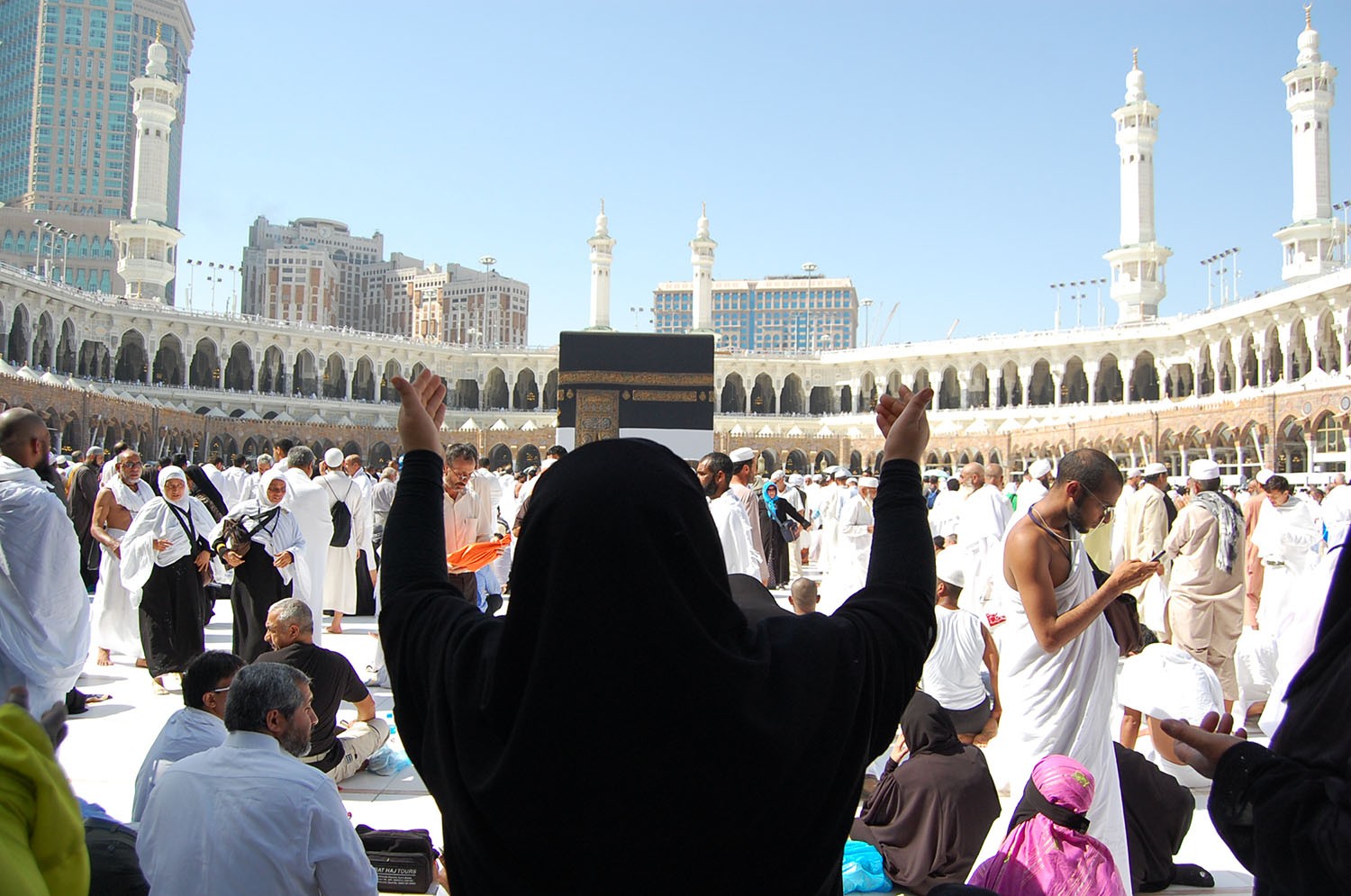
Located in the Masjid al-Haram in Makkah, Saudi Arabia, the Kaaba is the most sacred site in Islam. Muslims worldwide face toward it during prayers. It is a cuboid-shaped structure made of stone and is draped in a black silk covering known as the Kiswa. Every year, millions of Muslims visit the Kaaba during the Hajj pilgrimage, fulfilling one of the Five Pillars of Islam. It is believed to have been originally built by Prophet Ibrahim and his son, Ismail, according to Islamic tradition.
Highlights:
- The Kaaba is the holiest site in Islam, located within Masjid al-Haram in Makkah.
- Muslims face the Kaaba during their daily prayers (Salah), no matter where they are in the world.
- The Kaaba is draped in the Kiswa, a black silk cloth embroidered with gold calligraphy.
- It is central to the Hajj pilgrimage, where millions of Muslims Walk around it in a ritual called Tawaf.
02. The Grand Mosque (Masjid al-Haram):
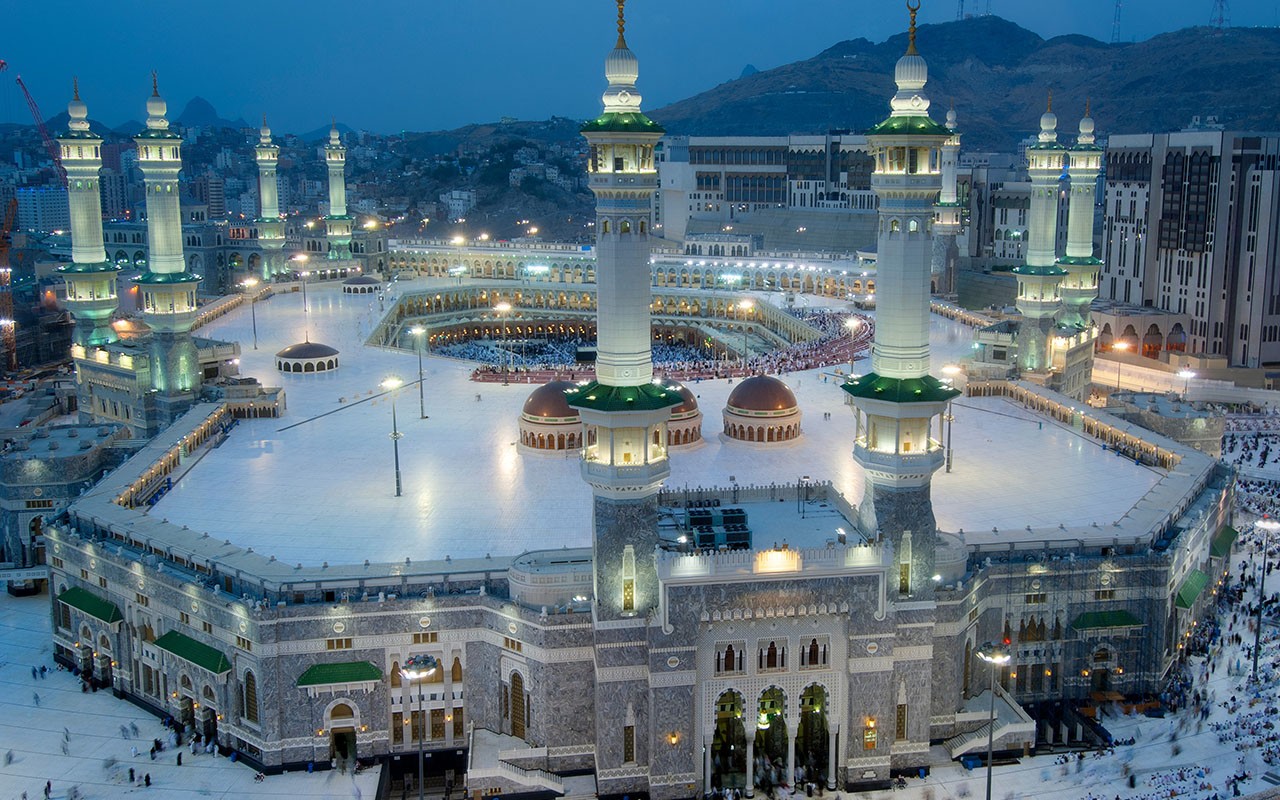
Masjid al-Haram, also known as the Grand Mosque, is the largest mosque in the world and one of the holiest places in Islam. Located in Makkah, it surrounds the Kaaba and is the focal point of the Hajj pilgrimage. Every year, millions of Muslims gather at the mosque for prayers, especially during the Hajj season. The mosque’s vast prayer halls, courtyards, and surrounding minarets accommodate a huge number of worshippers. It is also home to various sacred sites, including the Maqam Ibrahim, and serves as a symbol of unity for Muslims worldwide.
Highlights:
- Perform the Tawaf (circumambulation) around the Kaaba.
- Witness the serene beauty of the Black Stone.
- Experience the spirituality of the Maqam Ibrahim.
Pro Tip: Visit during the early hours for a less crowded experience.
03. Mount Arafat (Jabal al-Rahmah):
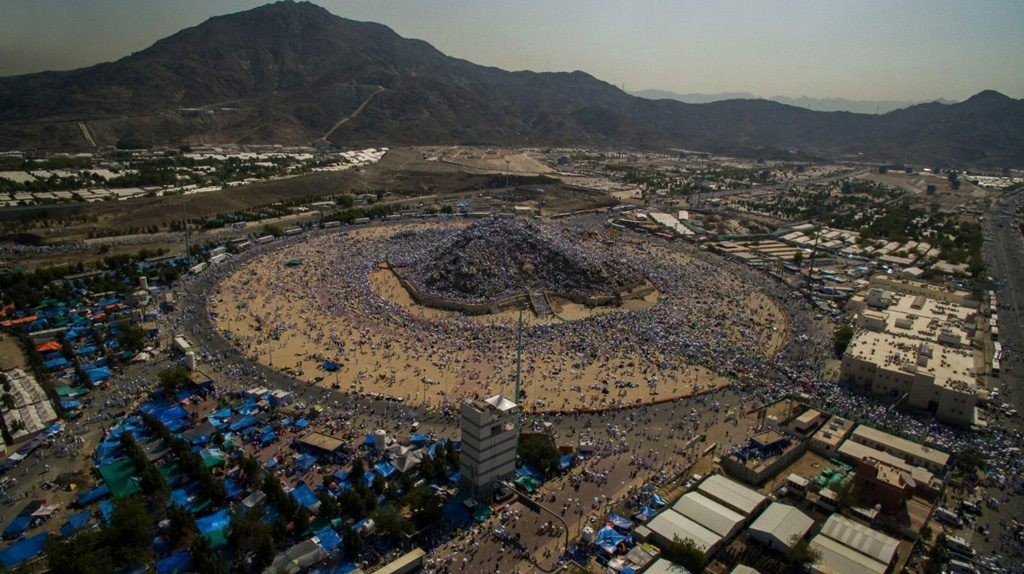
Mount Arafat, also known as Jabal al-Rahmah (Mountain of Mercy), is a significant site in Islam, located about 20 kilometers east of Makkah. It is the focal point of the Day of Arafah, the 9th day of Dhu al-Hijjah, during the Hajj pilgrimage. On this day, millions of Muslim pilgrims gather at the mountain for prayers, seeking forgiveness and mercy from Allah. According to Islamic tradition, the Prophet Muhammad (PBUH) delivered his final sermon at this site. The mountain is symbolic of the Day of Judgment and is considered a place where sins are forgiven for those who sincerely repent.
Highlights:
- Climb to the summit for panoramic views.
- Reflect in a serene and spiritual atmosphere.
Did You Know? The Day of Arafat is considered one of the holiest days in Islam.
04. Abraj Al-Bait Towers:
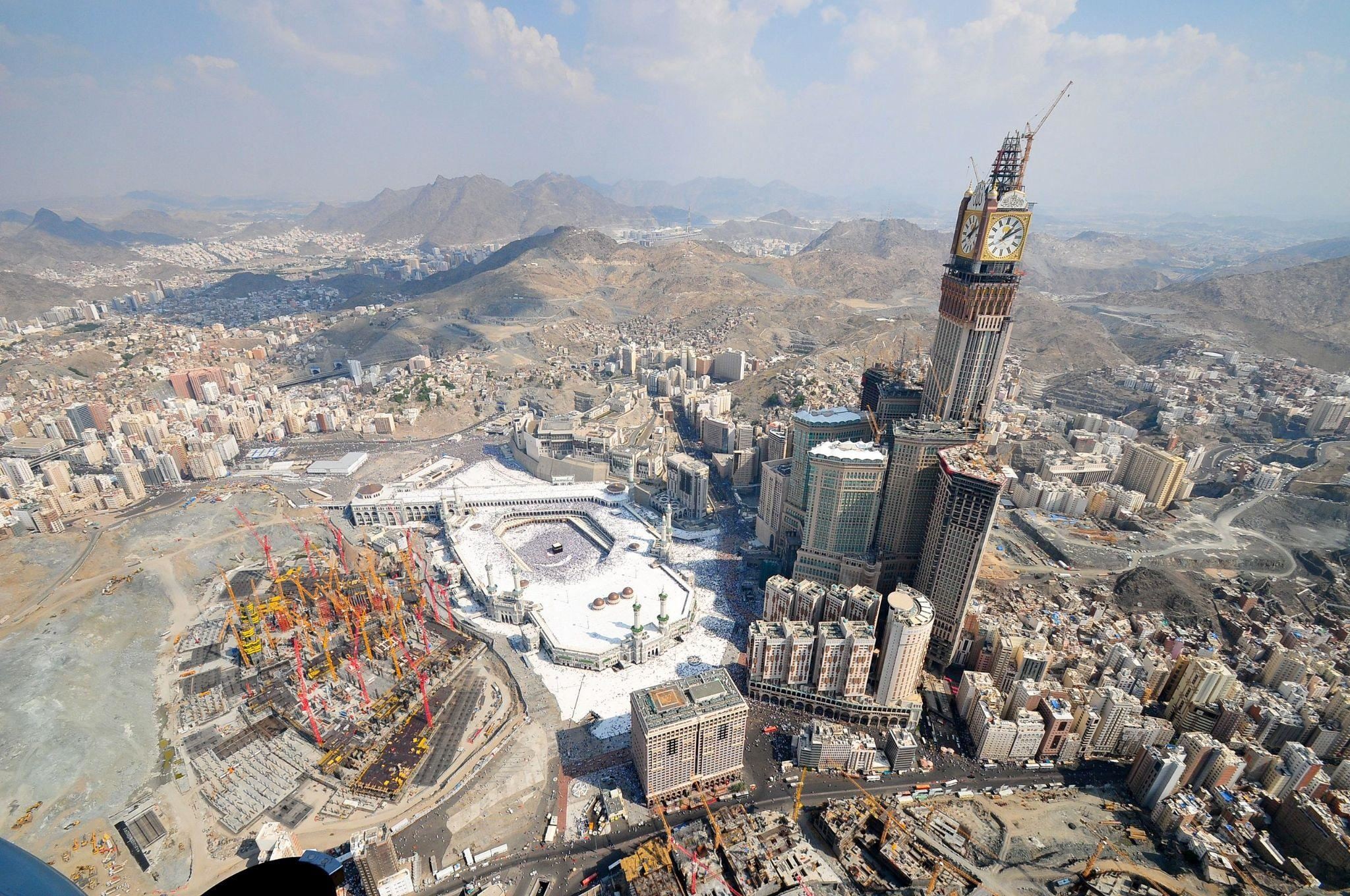
Abraj Al-Bait Tower, also known as the Makkah Royal Clock Tower, is a prominent skyscraper in Makkah, Saudi Arabia. Standing at 601 meters, it is one of the tallest buildings in the world. It houses the largest clock face in the world, visible from miles away. The tower complex includes hotels, a shopping mall, and prayer areas. Located near the Masjid al-Haram, it provides luxury accommodations to pilgrims visiting the Holy City. The tower is also part of the Abraj Al-Bait complex, a group of seven towers built to serve the growing number of visitors.
Highlights:
- Visit the Clock Tower Museum for an educational experience.
- Enjoy breathtaking views from the observation deck.
- Explore the shopping mall within the complex.
Insider Tip: The evening lighting of the tower is mesmerizing and perfect for photos.
05. Cave of Hira:
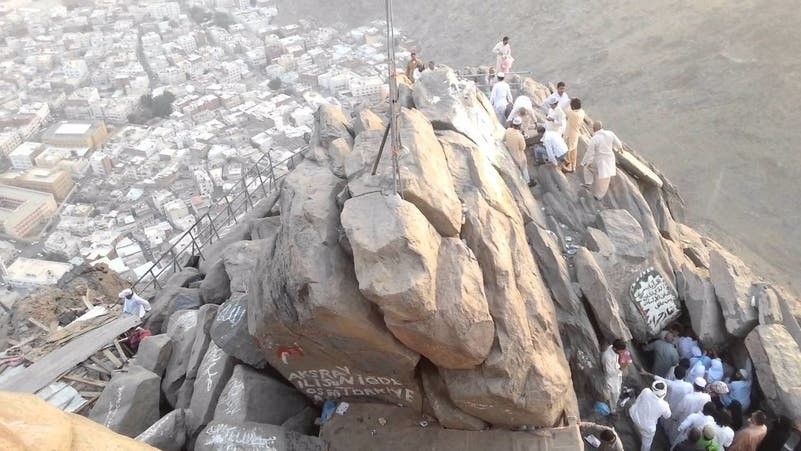
The Cave of Hira (Ghar Hira) is a small cave located on Jabal al-Noor (Mountain of Light), about 3 km northeast of Makkah. It is one of the most significant religious sites in Islam as it is the place where Prophet Muhammad (PBUH) received his first revelation from the Angel Jibril (Gabriel). This event marked the beginning of Islam, and the first verses of the Quran, Surah Al-Alaq, were revealed to the Prophet here. The cave is a popular destination for Muslim pilgrims who visit Makkah, as it holds immense historical and spiritual value in Islamic tradition.
Highlights:
- Hike up Jabal al-Nour to reach the cave.
- Experience the tranquility and historical significance of the site.
Preparation Tip: Wear sturdy shoes and carry water for the trek.
06. Jannat al-Mu'alla Cemetery:
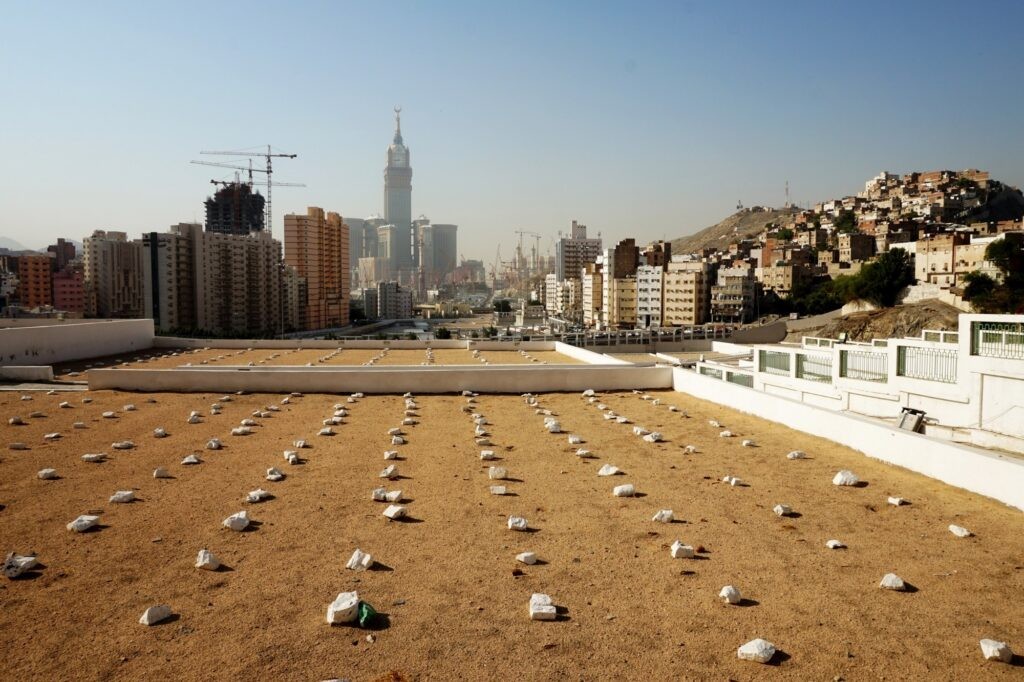
Jannat al-Mu'alla is a historic cemetery located in Makkah, Saudi Arabia, near the Masjid al-Haram. It is one of the most significant burial sites in Islam. The cemetery is the final resting place of many of the Prophet Muhammad's (PBUH) family members, including his mother, Amina bint Wahb, his grandfather, Abdul Muttalib, and his wife, Khadijah bint Khuwaylid. Many companions of the Prophet are also buried here. Jannat al-Mu'alla holds great religious importance, and pilgrims often visit the site to pay their respects to those who played pivotal roles in Islamic history.
Highlights:
- Pay respects to the graves of prominent figures.
- Learn about the rich Islamic heritage associated with the site.
Respectful Reminder: Maintain decorum and follow local customs.
07. Zamzam Well:
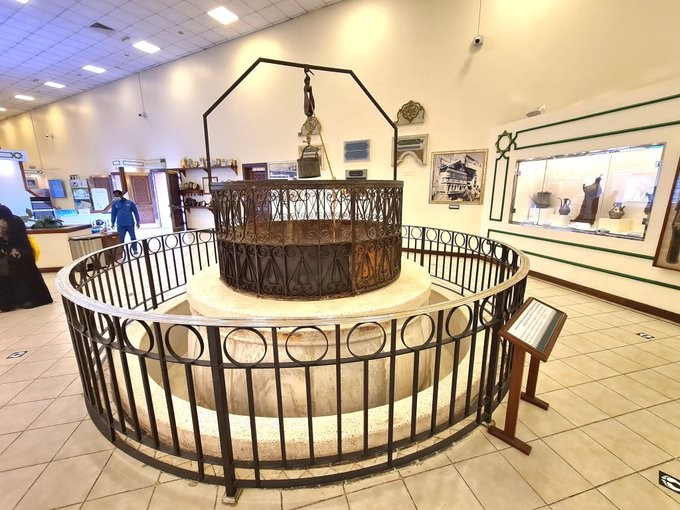
The Zamzam Well is a historic and sacred water source located within the Masjid al-Haram in Makkah, Saudi Arabia, near the Kaaba. It is believed to have been miraculously provided by Allah for the wife of Prophet Ibrahim, Hagar, and their son Ismail when they were left in the desert. According to Islamic tradition, the well was revealed by the Angel Jibril, who struck the ground, causing water to spring forth. Zamzam water is considered blessed by Muslims, and pilgrims drink from it during their visit to Makkah as part of the Hajj or Umrah pilgrimage. The well's water is also distributed worldwide due to its religious significance.
Highlights:
- Learn about the well’s fascinating history.
- Collect Zamzam water as a keepsake of your journey.
Fun Fact: The Zamzam Well has never dried up in its 4,000-year history.
08. Makkah Museum:
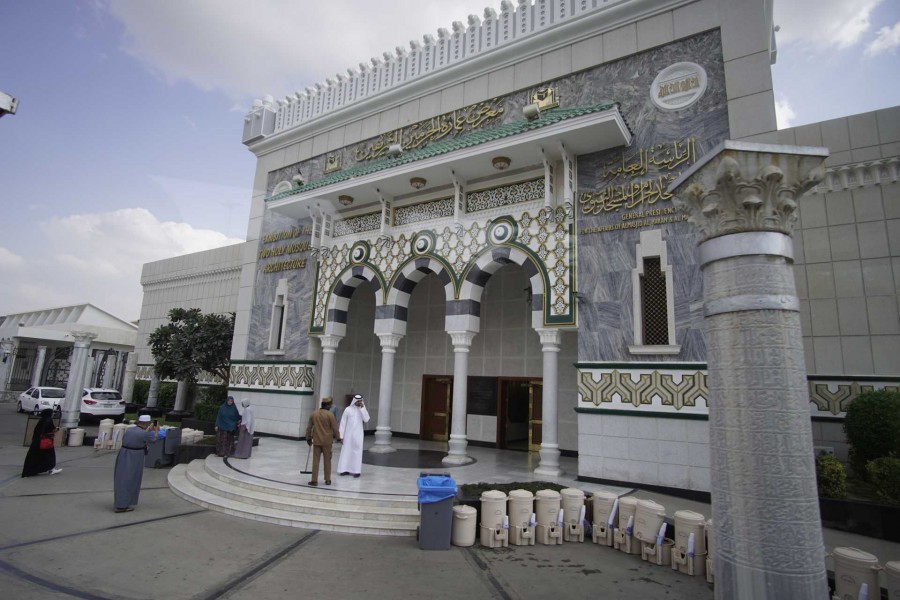
The Makkah Museum, located in the heart of Makkah, offers visitors a chance to learn about the history, culture, and heritage of the region. It showcases artifacts related to the Islamic faith, the history of Makkah, and the development of the city. The museum highlights the history of the Kaaba, the Hajj pilgrimage, and the significant events that took place in Makkah. Visitors can explore a variety of exhibits, including old manuscripts, religious relics, and traditional Saudi Arabian artifacts, offering a deep understanding of the city’s sacred importance.
Highlights:
- The Makkah Museum showcases the history of the region, Islamic culture, and the significance of Makkah in the Islamic faith.
- It has a large collection of Islamic artifacts, including manuscripts and historical objects.
- The museum highlights the history of the Kaaba, the Hajj pilgrimage, and the development of Makkah.
- The building itself reflects Islamic architectural styles and is a key tourist attraction in Makkah.
09. Jabal Thawr Makkah:
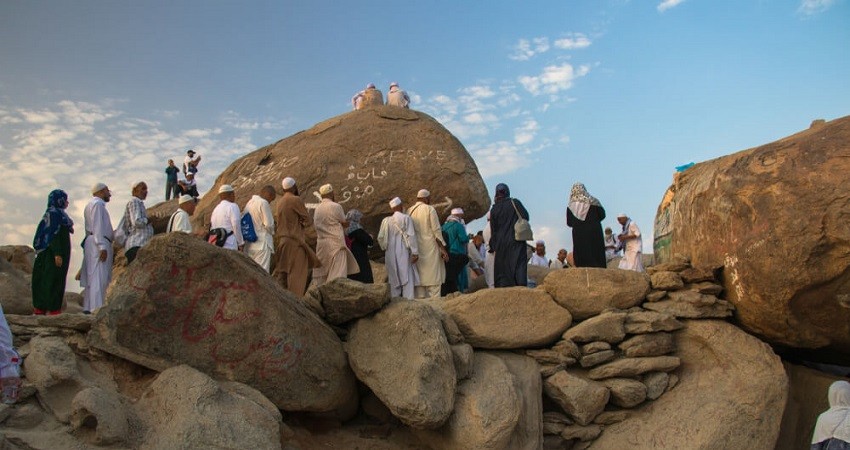
Highlights:
- Jabal Thawr is a significant mountain in Makkah, where Prophet Muhammad (PBUH) and Abu Bakr sought refuge during the Hijrah (migration) to Madinah.
- The cave, known as the Cave of Thawr, is where they hid from the Quraysh who sought to harm them.
- The mountain is considered a symbol of perseverance and faith in Islamic history.
- It is a popular site for pilgrims who visit Makkah to reflect on the early struggles of the Prophet.
10. Jabal al-Nour (Mount Hira):

Highlights:
- Jabal al-Nour is the mountain near Makkah that houses the Cave of Hira, where Prophet Muhammad (PBUH) received his first revelation.
- The mountain is a place of great spiritual significance, attracting pilgrims seeking to connect with early Islamic history.
- The climb to the Cave of Hira involves a challenging hike, but it is considered a deeply spiritual journey.
- The cave is a symbol of divine revelation, marking the beginning of the Quranic message.
Frequently Asked Questions (FAQs):
Q1. What are the best places to visit in Mecca?
Mecca, a city rich in religious and historical significance, offers numerous landmarks worth visiting. The Holy Kaaba is the most sacred site, where Muslims face during prayers and is a must-visit during the Hajj pilgrimage. Masjid al-Haram surrounds the Kaaba, making it the largest mosque in the world. Mount Arafat (Jabal al-Rahmah), Jabal al-Noor (home of the Cave of Hira), and Jabal Thawr (where the Prophet Muhammad hid during the Hijrah) also attract pilgrims. Additionally, Abraj Al-Bait Tower, with the world's largest clock face, and Makkah Museum, which showcases Islamic history, are top attractions.
Q2. What is Globe Roundabout in Mecca?
The Globe Roundabout is a prominent traffic circle in Mecca, easily recognizable for its large globe sculpture at its center. Located near the intersection of key roads, the roundabout serves as a landmark and a vital traffic hub in the city. It holds symbolic importance, reflecting Mecca's central role in the Muslim world, and its globe design emphasizes the city’s global significance.
Q3. Why is The Holy Kaaba famous across the world?
The Holy Kaaba is considered the most sacred site in Islam. Located in the Masjid al-Haram in Mecca, it is the direction (Qibla) Muslims face during daily prayers, regardless of their location. It holds profound spiritual significance as the site where the Prophet Ibrahim and his son Ismail are believed to have built it. Every year, millions of Muslims gather around the Kaaba during the Hajj pilgrimage, fulfilling one of the Five Pillars of Islam, making it famous worldwide as the focal point of Islamic worship and devotion.
Q4. Where is Abraj Al-Bait Tower?
The Abraj Al-Bait Tower is located in Mecca, Saudi Arabia, near the Masjid al-Haram. It is part of the Abraj Al-Bait complex, a series of skyscrapers designed to accommodate pilgrims visiting the city. The tower stands at a towering height of 601 meters and features the world's largest clock face, visible from miles away. The building includes luxury hotels, shopping centers, and prayer areas, serving as a convenient and iconic landmark for visitors to the Holy City.
Q5. Is Jabal Al Nour a good place to visit?
Jabal al-Noor is a must-visit site for those interested in Islamic history. It is home to the Cave of Hira, where Prophet Muhammad (PBUH) received his first revelation from the Angel Jibril. The mountain holds immense spiritual and historical significance, drawing pilgrims who seek to connect with the early moments of Islam. While the hike to the cave is challenging, the site offers a profound experience for those seeking to reflect on the Prophet’s early revelations.
Q6. Is there any amusement park in Mecca?
Yes, Al Hokair Funland is an amusement park in Mecca, offering a variety of attractions for families and children. Located near shopping areas, it features rides such as roller coasters, bumper cars, and arcade games, providing a fun break for locals and visitors. It’s one of the main entertainment options for those looking for leisure activities alongside the spiritual experiences Mecca offers.
Q7. Why is it important to visit Masjid al-Haram?
Masjid al-Haram is the largest mosque in the world and holds immense significance as the holiest site in Islam. It surrounds the Kaaba, the focal point of Islamic prayer, and serves as a place where Muslims gather for worship, especially during the Hajj pilgrimage. Visiting Masjid al-Haram is an opportunity for spiritual reflection and worship. Pilgrims perform rituals such as Tawaf (circling the Kaaba) and Sa’i (walking between Safa and Marwah), which are central to the Hajj and Umrah pilgrimage rites.
Q8. Where is Makkah Museum located?
The Makkah Museum is located in the heart of Mecca, close to the Masjid al-Haram. The museum offers a detailed look into the city’s rich history, Islamic heritage, and the significance of Mecca in the broader context of Islamic tradition. It showcases rare artifacts, manuscripts, and relics, including items related to the Kaaba, the Hajj pilgrimage, and the development of Mecca as a major center of religious importance. Visitors can explore the exhibits to better understand the cultural and historical significance of this holy city.




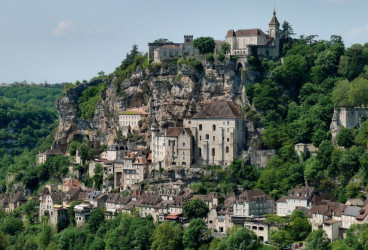







{{item.get_author.first_name}} {{item.get_author.last_name}}
Level 7
5 Photos
36 Reviews
{{item.comment_txt}}
{{item_reply.get_author.first_name}} {{item_reply.get_author.last_name}}
@ {{item_reply.reply_to}}, {{item_reply.reply_txt}}